When most people think of World War II and the wide array of geographical spots the war reached, they don’t generally think of Madagascar. However, this island off of the coast of Africa saw military action too.
The Battle of Madagascar took place there in 1942, and was led by the British, as they tried to capture the area from the French.
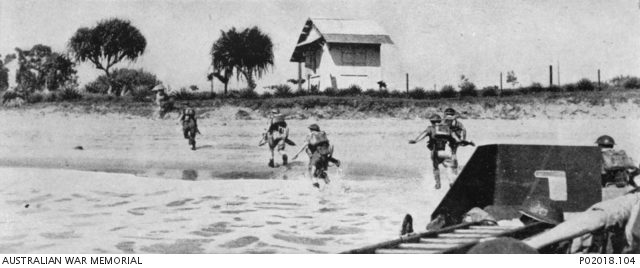
Antsiranana Bay
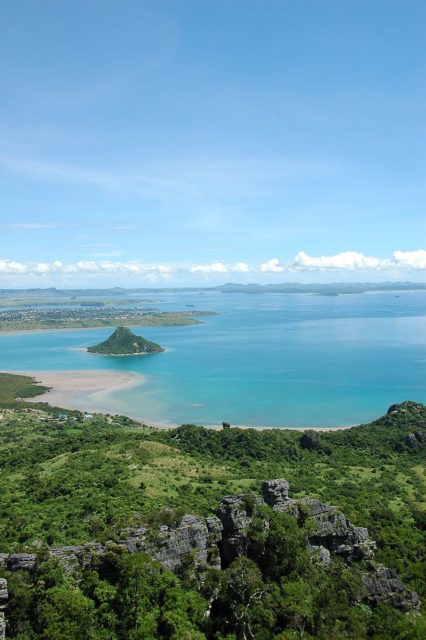
The battle heavily revolved around Antsiranana Bay. This important port lies around the northern tip of Madagascar and opens to the east with a pass.
A century before, in the late 1800s, the French had claimed the bay as a coaling station for steamships. Then, they colonized the area in 1885, making the surrounding area and then the entire island into French Madagascar.
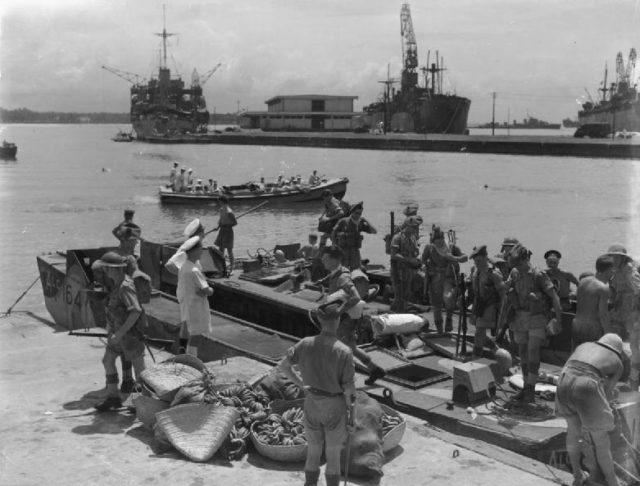
During World War II, as Japan moved west through Asia, they sent out their submarines through the Indian Ocean. This caused British ships to move toward the eastern shore of Africa, out of Southeast Asia. However, being in Africa made the British worry that they would be subject to Japanese attacks based out of Madagascar.
At the time, the Japanese had submarines with a huge range, longer than any other Axis power. They boasted a range of up to 10,000 miles, which could affect Allies all over the Pacific, and into the South Atlantic and the Middle East.
In 1941, the Germans attempted to persuade the Japanese to increase their force in the area, using these submarines to combat Indian Ocean sea routes. They also wanted the Japanese to focus on the Seychelles and Madagascar, rather than Australia. So, the Japanese told the Germans they would send several submarines and two cruisers that way, but wouldn’t release much information regarding their plans for Madagascar.
Meanwhile, the Allies had heard word of these goings on, and the British were worried that perhaps the French government may just give Madagascar to Japan or allow the Japanese to establish navy bases on the island, which would have been very bad news for the British in eastern Africa, as well as any British forces moving through the area to get to Asia. So, the British thought it may be useful to go ahead and occupy Madagascar, just in case.
Churchill Opposes
The leader of the Free French movement, the famous General Charles de Gaulle, sent a letter to Winston Churchill. He wanted to launch a joint Free French-British movement against Madagascar. Churchill did understand that if Japan controlled Madagascar, British shipping would be interrupted and it would give Japan great influence in the Indian Ocean.
Churchill, reading the letter, didn’t really think that the British had the right resources for such an endeavor. He also wasn’t terribly keen to plan a joint operation with Free French forces.
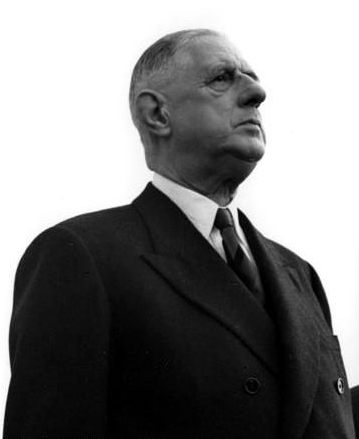
However, after the course of about three months, Churchill was convinced the operation was important. Despite this, the Free French forces weren’t going to be allowed to participate. Churchill did have a few other requests for the operation.
He wanted it to commence in April; he wanted to move ships from the Mediterranean southward; he wanted 4,000 men to participate; and then he felt these troops should be replaced by garrison troops as soon as possible if they succeeded.
Continues on Page Two
The Operation Begins
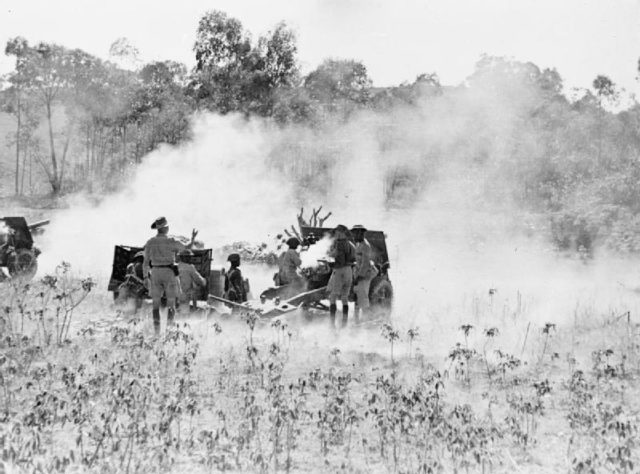
The forces left Scotland in March and met up with other ships in Sierra Leone, then moved to South Africa, where they were joined by an array of three infantry brigades, a battleship, two carriers, two cruisers, 11 destroyers, six minesweepers and more.
It was hoped the large grouping would be able to succeed with their plan without too much (or any) fighting. This would be the first water assault planned by the British since Dardanelles.
It was planned to take Diego Suarez, the island’s most strategic port. Some thought that alone would not be enough, as other ports on Madagascar may become occupied by the Japanese as well, but Diego Suarez was kept as the only goal, as that’s what the British thought their manpower could handle.
The Landing and Ground Campaign
The first amphibious landing would take place in May 1942, with troops landing just west of Diego Suarez (as pointed out above, also called Antsiranana). Meanwhile, another attack took place to the east, as a diversion. Air cover attacked the French ships. The French troops that were in French-controlled Madagascar at the time were made up of about 8,000 men, with up to 3,000 there in Diego Suarez.
Apart from this, the French naval and air forces there were pretty light. After some fighting, the French surrendered the port and went to the south.
However, the Japanese arrived later, at the end of May. They sent out torpedoes, critically damaging a British battleship and also sinking an oil tanker. Japanese troops beached a submarine and began to move inward, but the British received word of their arrival and the Japanese troops were killed.
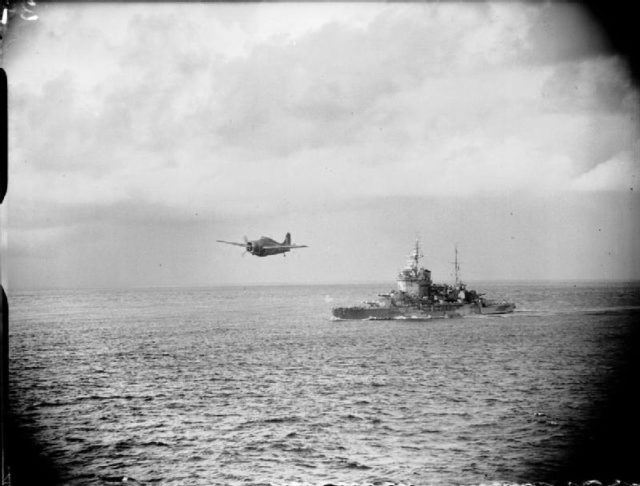
On a small level, fighting continued. Small clashes occurred, but Allied forces moved slowly on land, as they traversed the rest of Madagascar. However, after several months, the Allies captured the capital and several important towns. It wasn’t until November that an armistice was signed. In total, the Allies experienced a little over 600 casualties.
After the War
Initially, after the British and Allies managed to take the island, a Free French general was the high commissioner over the country. However, Madagascar wanted to become independent following World War II. A revolution occurred in 1947, but was a failure. Then, in 1960, Madagascar received its independence from France.